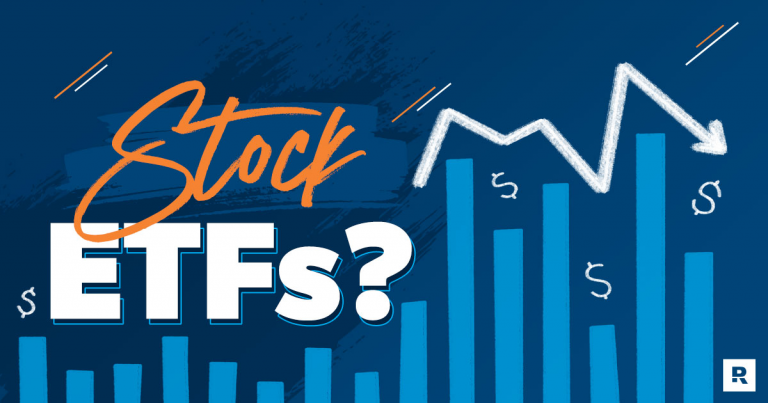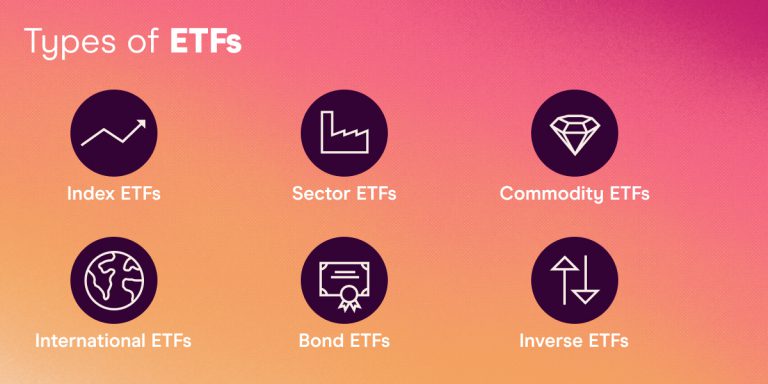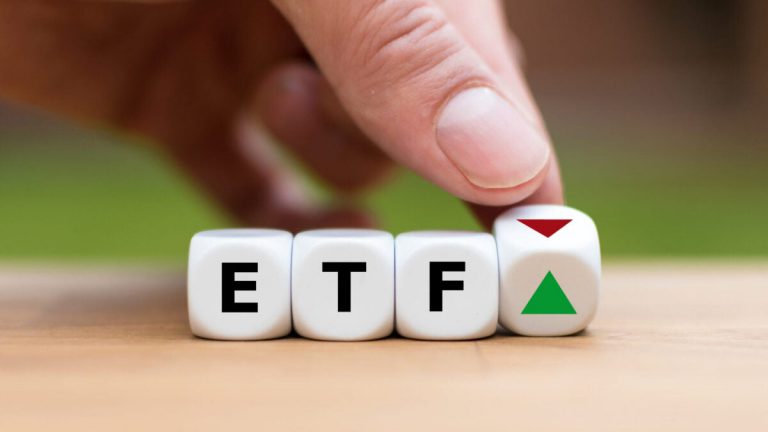Exchange-Traded Funds (ETFs) have become increasingly popular among investors due to their unique structure and benefits. In this article, we will explore the definition and structure of ETFs, their importance in investment portfolios, different types of ETFs, the advantages of investing in ETFs, as well as the risks and considerations associated with ETF investment.
What is ETF?

Definition and Structure
An ETF is a type of investment fund that is traded on stock exchanges, similar to individual stocks. It is designed to track the performance of a specific index, sector, commodity, or asset class. ETFs are structured as open-ended investment companies or unit investment trusts, and they hold a diversified portfolio of underlying assets.
Importance of ETFs
ETFs play a crucial role in investment portfolios due to their ability to provide diversification, liquidity, and cost efficiency. By investing in a single ETF, investors gain exposure to a basket of securities, which helps reduce the risk associated with individual stocks or sectors. Additionally, ETFs can be bought and sold throughout the trading day, offering investors flexibility and liquidity.
Types and Benefits

Overview of Different Types of ETFs
ETFs cover a wide range of asset classes and investment strategies. Some common types of ETFs include:
- Equity ETFs: These ETFs aim to invest in stocks and seek to track the performance of a specific stock market index, such as the S&P 500 or the NASDAQ Composite.
- Sector ETFs: These ETFs focus on specific sectors of the economy, such as technology, healthcare, or energy.
- Bond ETFs: These ETFs invest in fixed-income securities, providing exposure to government bonds, corporate bonds, or municipal bonds.
- International ETFs: These ETFs allow investors to gain exposure to international markets or specific regions of the world, and invest in stocks or bonds from foreign markets.
- Commodity ETFs: These ETFs track the performance of commodities, such as gold, oil, gas, dairy, wheat, and other commodities.
- Currency ETFs: These focus on currencies and seek to emulate the outcome of a specific currency exchange rate.
Benefits of Investing in ETFs
Investing in ETFs offers several advantages for investors:
- Diversification and Risk Management: ETFs provide instant diversification by holding a basket of securities. This helps spread the investment risk and reduces the impact of individual stock or sector volatility.
- Liquidity and Trading Flexibility: Unlike index funds or mutual funds, which can only be traded after priced at the close of the trading day, ETFs can be bought and sold throughout the trading day, providing investors with liquidity and flexibility.
- Cost-effectiveness: ETFs typically have lower expense ratios compared to mutual funds, making them a cost-effective investment option.They allow fractional share investment and requires no minimum investment.
- Tax Efficiency and Transparency: ETFs are structured in a way that minimizes capital gains distributions, resulting in greater tax efficiency. Additionally, ETFs disclose their holdings on a daily basis, providing transparency to investors.
Concerns of ETF Investment

Market Volatility and Price Fluctuation
As with any investment, ETFs are subject to market volatility and price fluctuations. Changes in the underlying index or asset class can impact the value of the ETF. It is important for investors to be aware of the potential risks and be prepared for market fluctuations.
Tracking Error and Liquidity
ETFs aim to track the performance of a specific index or asset class. However, there may be instances where the ETF does not perfectly replicate the index due to factors such as tracking error. Additionally, some ETFs may have lower trading volumes, which can result in decreased liquidity and wider bid-ask spreads.
Importance of Research and Due Diligence
Investing in ETFs requires thorough research and due diligence. It is important to understand the underlying index or asset class, as well as the expenses, performance history, and tracking methodology of the ETF. Investors should also consider their investment goals, risk tolerance, and time horizon before investing in ETFs.
Conclusion
ETFs offer a unique and flexible investment option for investors looking to diversify their portfolios and manage risk. With their wide range of types and benefits, ETFs have gained significant popularity in the investment world.
However, it is crucial to understand the risks and considerations associated with ETF investment and conduct thorough research before making investment decisions. As with any investment strategy, continuous learning and adapting to evolving investment strategies are key to successful ETF investing.
FAQs:
- What is an ETF and how does it differ from mutual funds?
An ETF, or Exchange-Traded Fund, is a type of investment fund that is traded on stock exchanges, just like individual stocks. It is designed to track the performance of a specific index, sector, commodity, or asset class. Unlike mutual funds, which are bought and sold at the end of the trading day at the net asset value (NAV), ETFs can be bought and sold throughout the trading day at market prices.
- How do ETFs provide diversification?
ETFs provide diversification by holding a basket of securities. For example, an ETF that tracks the S&P 500 index would hold shares of all the companies included in the index. This allows investors to gain exposure to a wide range of securities without needing to buy each individual stock separately. By diversifying their investments, investors can reduce the risk associated with individual stocks or sectors and potentially increase their chances of achieving long-term returns.
- Are there dividends on ETFs?
If the underlying assets in ETF pay dividends, the ETF will typically distribute those dividends to its shareholders periodically, usually quarterly or annually. The amount of the dividend paid by an ETF will depend on the dividend policies of the underlying assets as well as the ETF’s own distribution policies.




